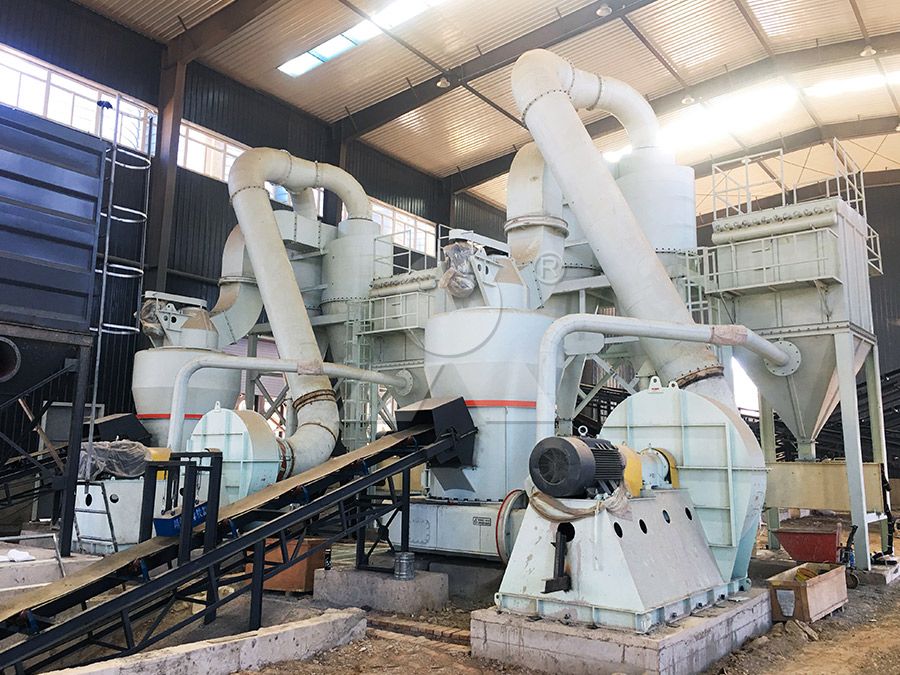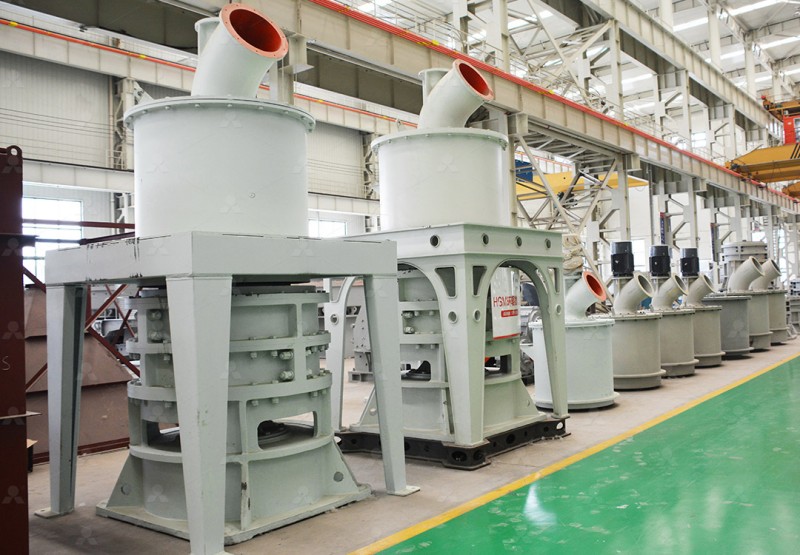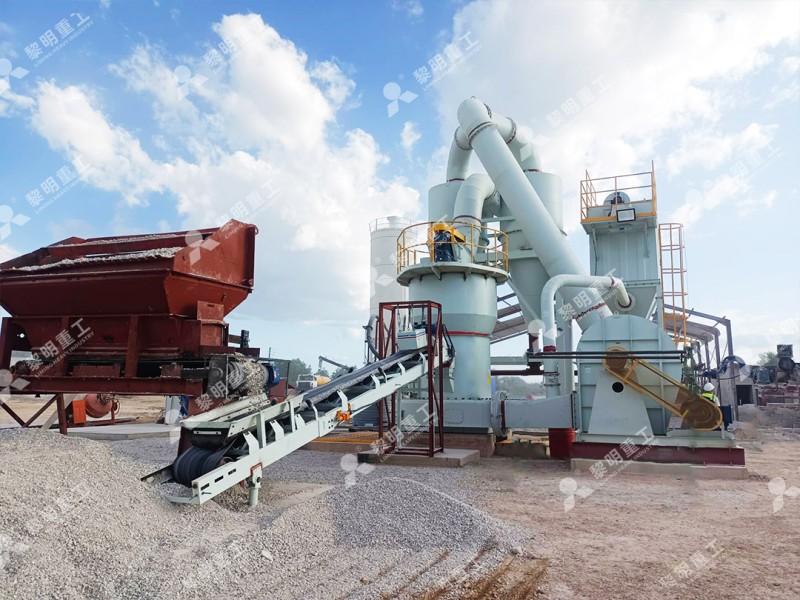Limestone Grinding Mill Images: Types, Specifications, and Selection Guide
Limestone Grinding Mill Images: Types, Specifications, and Selection Guide
Selecting the right limestone grinding mill is crucial for optimizing production efficiency, product quality, and operational costs in various industrial applications. From construction materials to pharmaceuticals, the demand for precisely ground limestone powder continues to grow. This comprehensive guide explores the different types of grinding mills available, their specifications, and key selection criteria to help you make an informed decision.
Understanding Limestone Grinding Requirements
Before selecting a grinding mill, it’s essential to understand your specific production requirements. Key factors include input size limitations, desired production capacity, final product fineness, and energy consumption considerations. Different applications demand different particle size distributions – from coarse aggregates for construction to ultra-fine powders for chemical and industrial applications.

Major Types of Limestone Grinding Mills
The grinding mill market offers several technologies, each with distinct advantages for specific applications:
Vertical Roller Mills
Vertical mills have gained significant popularity due to their compact design and energy efficiency. These mills integrate multiple processes including drying, grinding, classification, and conveying in a single unit. The vertical orientation allows for efficient material transport and reduced floor space requirements.
Ultrafine Grinding Mills
For applications requiring exceptionally fine powders, ultrafine grinding mills provide precise control over particle size distribution. These advanced systems can achieve fineness levels up to 2500 meshes, making them ideal for high-value applications in pharmaceuticals, cosmetics, and specialty chemicals.
Raymond Mills and Trapezium Mills
Traditional Raymond mills and their European-style trapezium counterparts remain popular for medium-fine grinding applications. These reliable workhorses offer straightforward operation and maintenance while delivering consistent performance for standard limestone grinding requirements.

Recommended Solutions for Limestone Processing
Based on extensive industry experience and technological advancements, we particularly recommend our MW Ultrafine Grinding Mill for operations requiring superior fineness control and environmental compliance. This advanced system handles input sizes up to 20mm with production capacities ranging from 0.5 to 25 tons per hour.
The MW series stands out through its innovative design that eliminates rolling bearings and screws within the grinding chamber, significantly reducing maintenance concerns and potential contamination. The German-engineered cage-type powder selector enables precise fineness adjustment between 325-2500 meshes, with exceptional screening efficiency achieving d97≤5μm in a single pass.
What truly distinguishes this system is its comprehensive environmental protection features. The integrated efficient pulse dust collector and muffler system ensure dust-free operation and noise reduction, making the entire production process compliant with stringent environmental standards. The external lubrication system allows for maintenance without shutdown, supporting continuous 24-hour operation that maximizes productivity.
Key Selection Criteria
When evaluating limestone grinding mills, consider these critical factors:
- Production Capacity: Match the mill’s throughput with your operational requirements
- Fineness Control: Ensure the equipment can achieve your target particle size distribution
- Energy Efficiency: Compare power consumption per ton of processed material
- Operational Stability: Look for robust construction and reliable performance
- Environmental Compliance: Verify dust and noise control systems meet local regulations
- Maintenance Requirements: Consider ease of access and availability of spare parts

Frequently Asked Questions
What is the typical energy consumption for limestone grinding?
Energy consumption varies significantly by mill type and target fineness. Modern ultrafine grinding mills like the MW series can achieve 30-50% energy savings compared to traditional technologies, with system energy consumption as low as 30% of jet grinding mills.
How does fineness affect production capacity?
Production capacity typically decreases as target fineness increases. However, advanced mills with efficient classification systems minimize this trade-off. The MW Ultrafine Grinding Mill maintains higher capacity at ultra-fine settings through its multi-head cage-type powder selector technology.
What maintenance considerations are most important?
Key maintenance factors include accessibility of grinding elements, lubrication system design, and availability of spare parts. Mills without internal bearings and screws, like the MW series, significantly reduce maintenance complexity and downtime.
How important is environmental protection in mill selection?
Environmental compliance has become crucial in most regions. Modern mills should incorporate comprehensive dust collection and noise reduction systems. Our recommended solutions include integrated pulse dust collectors and silencers that ensure operations meet national environmental standards.
Can the same mill process different materials?
Many grinding mills offer versatility, but optimal performance requires proper configuration for each material type. The adjustable parameters in advanced mills allow for processing various non-metallic minerals beyond limestone, including calcite, dolomite, and barite.
